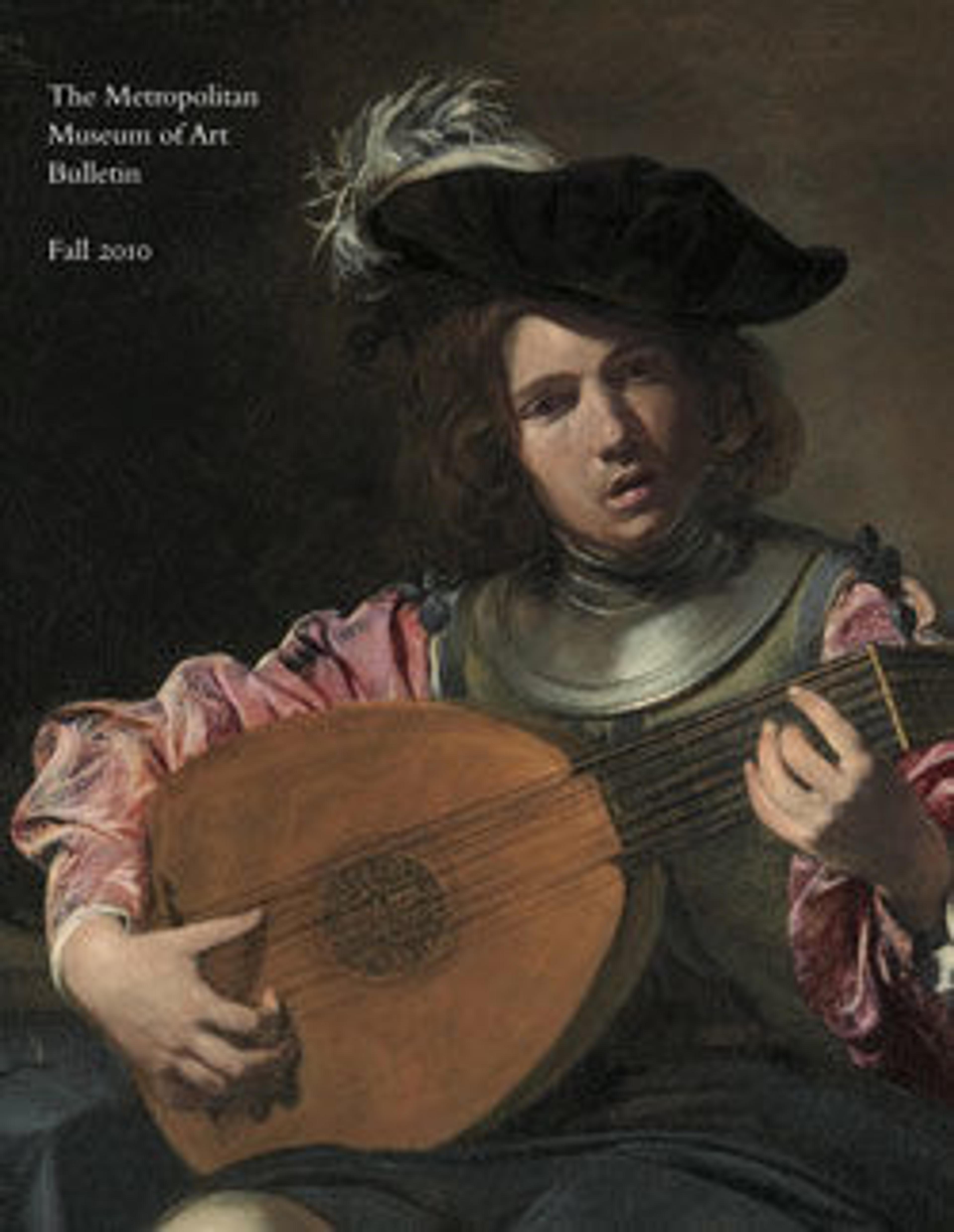Cloudy mountains
Fa Ruozhen is known for his fantastical mountainscapes permeated with clouds. This imposing landscape, painted in 1684 when the artist was seventy-two years old and still in his prime, is an exceptionally well-realized composition by this important scholar-artist of the early Qing dynasty. While most of Fa's paintings are on paper, this work is executed on silk, which suggests that it was intended for an important recipient.
Like a great cumulonimbus cloud, the landscape billows upward in roiling layers of earth punctuated by misty vales harboring half-concealed groves of trees. The composition is conceived in the classic "three distances" manner, with foreground trees and piled-up boulders giving way to a ridge line in the middle ground that is in turn overshadowed by distant rugged peaks. But Fa flattened forms and compressed distances to maximize the verticality of his restless landscape. Aided by the stream that meanders through the mountains, the judiciously placed passages of mist and cloud sustain the illusion of separation between the three distances, giving depth and mass to the agitated outcrops.
Like a great cumulonimbus cloud, the landscape billows upward in roiling layers of earth punctuated by misty vales harboring half-concealed groves of trees. The composition is conceived in the classic "three distances" manner, with foreground trees and piled-up boulders giving way to a ridge line in the middle ground that is in turn overshadowed by distant rugged peaks. But Fa flattened forms and compressed distances to maximize the verticality of his restless landscape. Aided by the stream that meanders through the mountains, the judiciously placed passages of mist and cloud sustain the illusion of separation between the three distances, giving depth and mass to the agitated outcrops.
Artwork Details
- 清 法若真 雲山圖 軸
- Title: Cloudy mountains
- Artist: Fa Ruozhen (Chinese, 1613–1696)
- Period: Qing dynasty (1644–1911)
- Date: 1684
- Culture: China
- Medium: Hanging scroll, ink and color on silk
- Dimensions: 54 1/8 x 27 3/8 in. (137.5 x 69.5 cm)
- Classification: Paintings
- Credit Line: Purchase, The Vincent Astor Foundation Gift, 2010
- Object Number: 2010.54
- Curatorial Department: Asian Art
More Artwork
Research Resources
The Met provides unparalleled resources for research and welcomes an international community of students and scholars. The Met's Open Access API is where creators and researchers can connect to the The Met collection. Open Access data and public domain images are available for unrestricted commercial and noncommercial use without permission or fee.
To request images under copyright and other restrictions, please use this Image Request form.
Feedback
We continue to research and examine historical and cultural context for objects in The Met collection. If you have comments or questions about this object record, please complete and submit this form. The Museum looks forward to receiving your comments.
